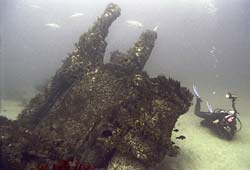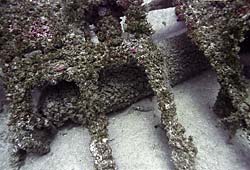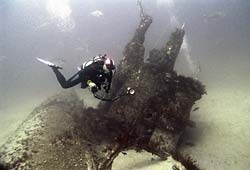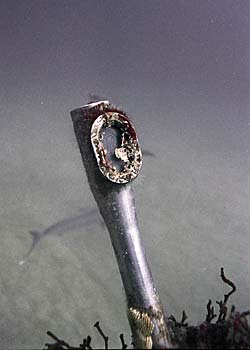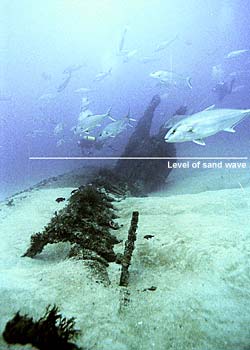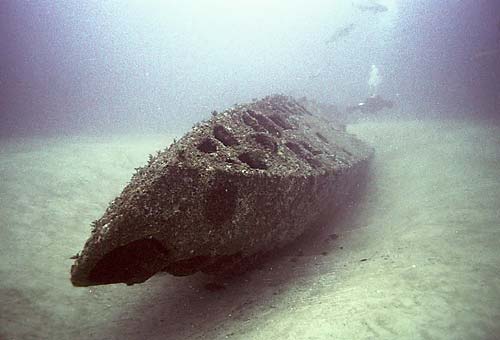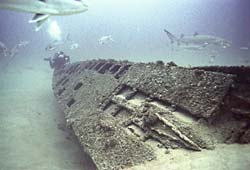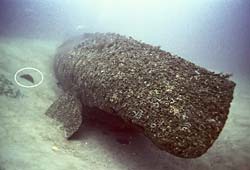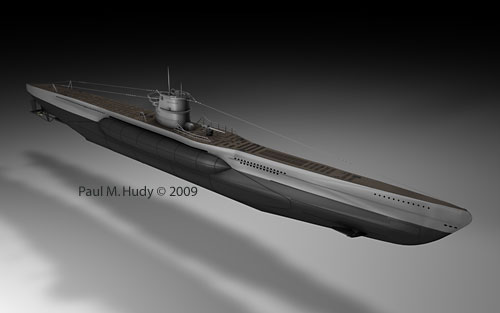
Group: 3rd U-Flotille, Kiel/La Pallice
Patrols: 4/Ships Sunk: 9 sunk; 4 damaged
 |
| Baron Erskine (sister ship Baron Napier shown here) was the U-701's first victim (24) |
Patrol 1:
12/27/1941 — left Kiel, Germany; Four days later, the U-701 suffered a tragedy when one of its watch officers, Lieutenant Weinitshcke, was washed overboard and lost. On 1/6/42, NW of Rockall, Scotland, it came across a straggler from convoy SC-62, the British freighter, Baron Erskine carrying phospates from Tampa, Florida to Scotland, via Nova Scotia. A torpedo from the U-701 sent the ship to the bottom with the loss of its entire complement of 40 crewman. For the remainder of this patrol, the U-701 patrolled the Newfoundland Bank area but had no further successes. She returned to St. Nazaire, France on 2/9/1942.
Patrol 2:
2/26/1941 — left St. Nasaire for operations in the north Atlantic. The U-701 was assigned a patrol area west of the Faroes and Hebrides Islands. On March 6, S of Iceland, it torpedoed the fishing trawler Nyggjaberg with a loss of its entire crew of 21. On March 7, the U-701claimed another sinking SE of Iceland, but no records can confirm the kill. The next day, she scored again, this time confirmed, sinking the armed trawler, the HMS Notts County SE of Iceland. The U-701 followed that up with another trawler, the HMS Stella Capella, on March 11, again with no survivors. For the remainder of this patrol, the U-701 was grouped with the U-135, U-553, and U-569 to wait for a group of British naval vessels just west of the Shetland and Faroe Islands. The group waited two weeks with no sightings or further successes. The U-701 returned to Brest, France on April 1, 1942.
Patrol 3:
5/19/1942 — left Brest, France and arrived in Lorient, France on 5/20/1942 for refueling.
Patrol 4:
5/20/1942 — left Lorient, France for operation in US waters. During its Atlantic passage, the U-701 had several interesting encounters. It exchanged signals with a 3 masted fishing barkentine on its way to fishing grounds off Grand Banks. The Gazela Primeiro was flying the neutral flag of Portugal was left to go on its way. The Gazela is now moored off of Penn's Landing in Philadelphia, PA and is the largest of the tall ships still in existence. The u-boat reported another "protected" ship encounter when it chased the Swedish liner Drottningholm traveling under diplomatic immunity. The Drottningholm in its earlier incarnation as the Virginian was one of the first steam turbine liners built and had several crossing speed records. She also played minor roles in two great maritime tragedies — the sinking of the Titanic and the Empress of Ireland.
On 6/12/42, the U-701 was off the mouth of Chesapeake Bay, Virginia were it laid 15 TMB shallow water mines at the entrance to the Bay. Three days later as an allied convoy entered the Bay, the Esso Augusta and Robert C. Tuttle struck the mines. The destroyer Bainbridge (DD-246) thought the ships were under torpedo attack and proceeded to drop 8 depth charges, which ended up exploding more mines. The armed trawler HMS Kingston Ceylonite was escorting the convoy into the bay and struck another mine and was completely destroyed with the loss of its entire crew. The Tuttle was beached and later salvaged and the Augusta reached port with assistance. On 6/17/42, the Santore, in an outbound convoy, struck a remaining U-701 mine and went to the bottom.
While its minefield was claiming victims, the KL Degen and the U-701 were making their way towards Cape Hatteras, NC. On 6/16, she made a two torpedo attack on a freighter but missed. She came across the samll armed trawler YP-389. Deeming it not worthy of a torpedo, Degen sank the vessel with his 88mm deck gun. This was one of the last recorded gun attacks made by a u-boat as increased air cover had made the practice extremely risky. [Note: In August 2009, a NOAA survey expedition discovered the wreckage of the YP-389 some 20 miles off shore in 300 feet of water. (article 1)(article 2)] On 6/26, the U-701 torpedoed but did not sink the Norwegian freighter MV Tamesis. The freighter captain ran the his damaged ship aground in shallow water. It was later towed to port for repair and month later made it to New York.
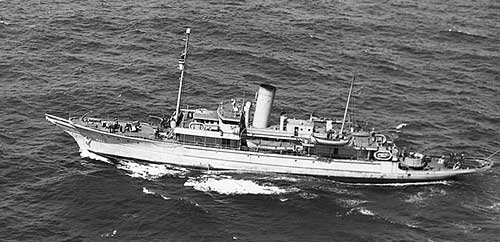 |
| USS St. Augustine in May, 1943 (6) |
One day later (6/27), the U-701 torpedoed and damaged the tanker British Freedom. Before it could finish the tanker off, the u-boat was attacked by the auxillary armed yacht, USS St. Augustine which dropped 5 depth charges. The depth charges damaged the conning towr gauges, electric motors and air-circulators. The U-701 crew was able to repair all but the air-circulators. These later proved its undoing. The tanker made to Norfolk, VA for repairs.
At noon on 6/28, approximately 16 ENE of the Diamond Shoals Light Buoy, Degen had brought the U-701 to the surface trying to get relief from the bad air and heat that had built up inside of ship during the night. He noticed a large smoke smudge on the horizon. The vessel proved to be the u-boat captains dream. It was the tanker SS William Rockefeller one of the largest tankers [14,054 tons] in the world at that time. It was carrying over 136,000 barrels of bunker "C" fuel oil and heading to New York. The U-701 fired a single torpedo which struck the tanker amidships on the port side. The ship quickly became a raging inferno. Before U-701 could confirm the tanker's doom, the air escort, a USCG J2F-5 dropped 4 depth cannisters and the USCG Cutter CGC-470 followed up with 7 depth charges. Shaken but not further damaged, the U-701 escaped to later pick up the burning tanker 12 hours later. A second torpedo sent the tanker to the bottom.
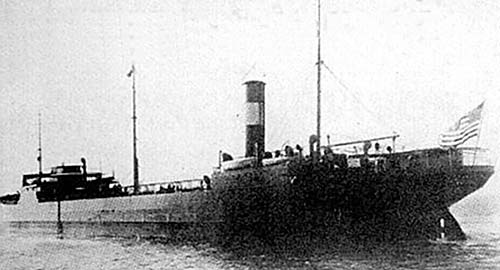 |
| The U-701 sunk the SS William Rockefeller off of Cape Hatteras |
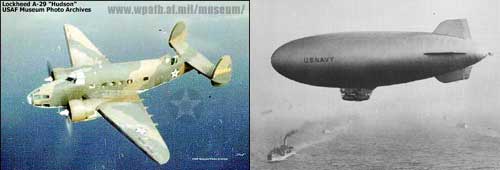
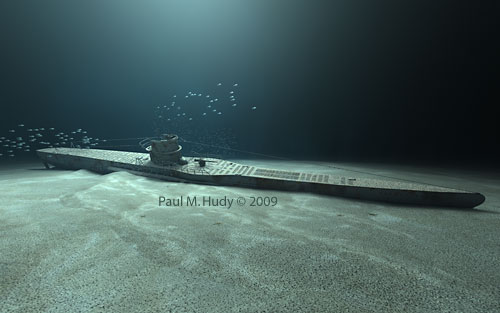
after sinking off of Cape Hatteras
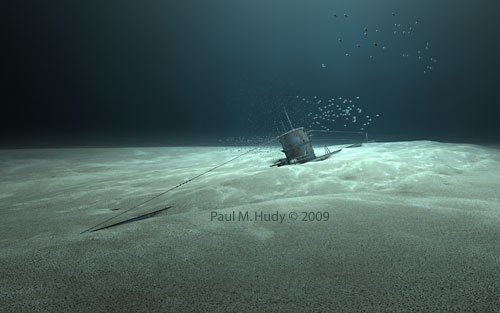


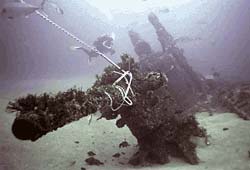

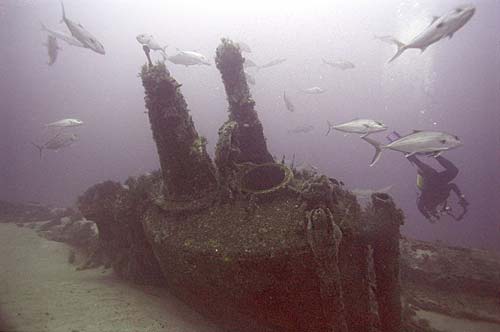

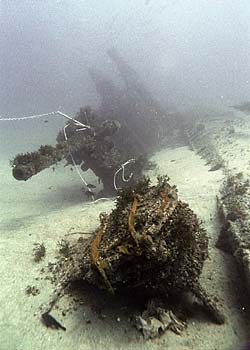
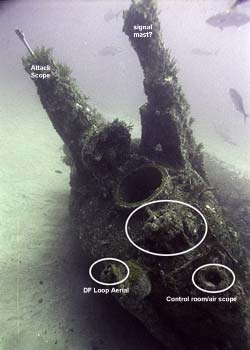
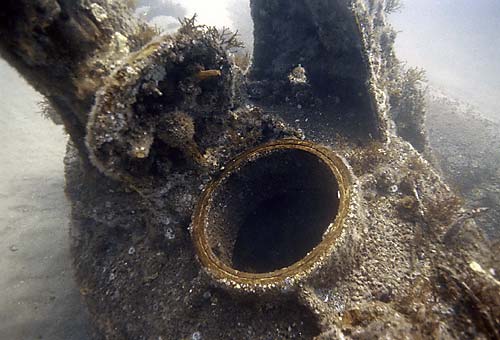
.jpg)
